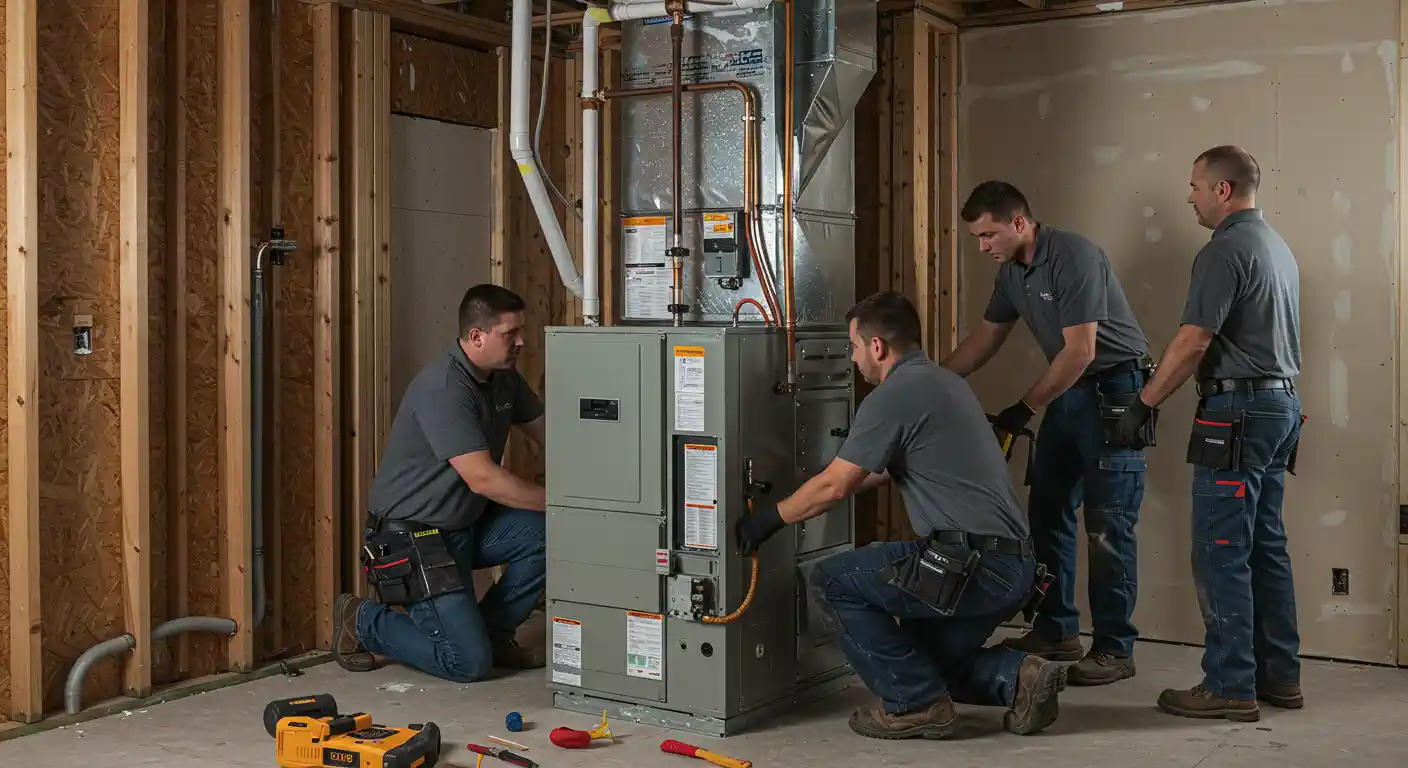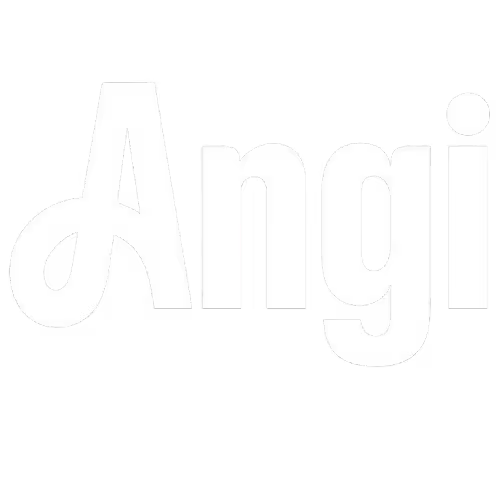
Heating Installation in Minnetonka, MN
A reliable heating system is fundamental to home comfort, especially during colder months. When your existing system falters, or if you're building a new home, professional heating installation becomes a critical investment. Choosing the right system and ensuring it's installed correctly can significantly impact your energy efficiency, indoor air quality, and long-term comfort. This guide delves into everything you need to know about heating installation, helping you make informed decisions for a warmer, more comfortable home.
Understanding Your Heating System Options
The first step in any heating installation project is selecting the right type of system for your home's unique needs, size, and your budget. Modern heating technology offers several efficient and effective options:
- Furnaces: These are the most common heating systems, typically fueled by natural gas, propane, or electricity. Furnaces heat air and distribute it through ductwork. They are known for their powerful heating capabilities and relatively quick warming of spaces. Gas furnaces are often highly efficient, while electric furnaces are a good option where gas isn't available.
- Boilers: Operating by heating water to generate steam or hot water, boilers distribute heat through radiators, baseboard heaters, or radiant floor systems. They offer a comfortable, even heat and are often preferred for their quiet operation and the absence of air ducts, which can be beneficial for those with allergies.
- Heat Pumps: These versatile systems provide both heating and cooling by transferring heat rather than generating it. In winter, they extract heat from the outside air (even when it's cold) and transfer it indoors. In summer, they reverse the process. Heat pumps are highly energy-efficient, especially in moderate climates, and can be an excellent choice for year-round comfort.
- Ductless Mini-Split Systems: Ideal for homes without existing ductwork or for additions and zones, ductless mini-splits consist of an outdoor unit connected to one or more indoor units. Each indoor unit can control the temperature independently, offering precise zoning and excellent energy efficiency for specific areas.
Each system has distinct advantages in terms of efficiency, upfront cost, operating cost, and comfort delivery. A thorough assessment of your home's insulation, existing infrastructure, and your specific heating requirements is essential before making a choice.

What Impacts the Cost of Heating Installation?
The cost of a new heating installation can vary widely, influenced by several key factors:
- Type and Size of Heating System: High-efficiency furnaces, advanced heat pumps, or complex boiler systems will naturally have a higher initial cost than standard models. The size (BTU output) of the system must match your home's square footage and insulation levels to ensure efficient operation.
- Labor Costs: Installation complexity, required modifications to ductwork or piping, and the duration of the job all contribute to labor expenses. Older homes or those with unique layouts may require more extensive work.
- Ductwork Modifications or Installation: If you're switching system types (e.g., from a boiler to a furnace) or if your existing ductwork is old or poorly designed, significant modifications or an entirely new duct system may be necessary, adding to the overall cost.
- Permits and Inspections: Most heating installations require permits to ensure compliance with local building codes and safety standards. These administrative costs are a necessary part of a professional installation.
- Removal of Old System: Disposing of your old heating unit properly can incur an additional fee, especially for larger or environmentally sensitive components.
- Additional Components: Thermostats (especially smart thermostats), air filters, humidifiers, or zoning systems can be added during installation, impacting the final price.
While the upfront cost is a consideration, it's crucial to factor in the potential long-term savings from increased energy efficiency and reduced repair needs with a new, professionally installed system.
The Indispensable Benefits of Professional Heating Installation
Attempting a heating installation as a DIY project can lead to significant problems, including safety hazards, system inefficiency, and voided warranties. Professional heating installation offers numerous advantages:
- Safety Assurance: Heating systems involve complex electrical and gas connections. Trained professionals ensure all connections are secure and comply with safety regulations, minimizing risks of gas leaks, carbon monoxide poisoning, or electrical fires.
- Optimal Efficiency and Performance: Experts correctly size the system for your home and install it to manufacturer specifications. This ensures the system runs at peak efficiency, delivering consistent heating while minimizing energy consumption and utility bills.
- System Longevity: Proper installation reduces wear and tear on components, extending the lifespan of your heating system and delaying the need for premature repairs or replacement.
- Warranty Protection: Most manufacturers require professional installation for their warranties to be valid. DIY installation can void these warranties, leaving you responsible for costly repairs if issues arise.
- Code Compliance: Professionals are familiar with local building codes and regulations, ensuring your new heating system meets all necessary standards and passes required inspections.
- Expert Advice: A professional installer can offer invaluable guidance on the best system type for your home, explain maintenance best practices, and answer any questions you may have.
Preparing for Your Heating Installation
To ensure a smooth and efficient installation day, here are a few steps homeowners can take:
- Clear the Area: Ensure the installation site (e.g., basement, utility closet, outdoor unit area) is clear of clutter and easily accessible to the technicians.
- Protect Your Belongings: Cover furniture or valuable items in the work area to protect them from dust or accidental damage.
- Discuss Access: Inform the installers about the best entry points, where to park, and if there are any specific instructions for accessing your property.
- Address Pets and Children: For safety and to prevent disruptions, ensure pets and children are kept away from the work area.
- Ask Questions: Don't hesitate to ask your technicians about the process, estimated completion time, or how to operate your new system.
Post-Installation Maintenance for Lasting Comfort
Once your new heating system is installed, maintaining its performance is key to its longevity and efficiency:
- Regular Filter Changes: Replace or clean air filters monthly or as recommended by the manufacturer, especially during peak heating seasons.
- Annual Professional Tune-ups: Schedule yearly maintenance checks with a qualified technician. They can identify potential issues early, clean components, and ensure the system is running optimally.
- Clear Vents and Returns: Ensure all heating vents and cold air returns are unobstructed by furniture or drapes to allow for proper airflow.
- Thermostat Management: Utilize your programmable or smart thermostat effectively to set schedules that align with your family's routine, maximizing energy savings.
Embracing Eco-Friendly Heating Solutions
As environmental awareness grows, so does the demand for eco-friendly heating options. Heat pumps, for instance, are highly energy-efficient and reduce carbon emissions compared to traditional fossil fuel systems. Newer furnace and boiler models also boast significantly higher AFUE (Annual Fuel Utilization Efficiency) ratings, meaning they convert more fuel into usable heat. Considering these options for your heating installation not only benefits the planet but can also lead to substantial long-term savings on energy bills. Stafford Home Service is committed to helping you explore the most sustainable and efficient heating solutions available.
Choose Professional Heating Installation
Investing in a new heating system is a significant decision that impacts your home’s comfort, safety, and energy efficiency for years to come. By understanding your options, recognizing the complexities of installation, and prioritizing professional service, you ensure your investment provides lasting warmth and peace of mind. For reliable and expert heating installation, trust a professional team to deliver superior results that stand the test of time.
Maintenance plan
Our premium maintenance plans start at just $216 annually, providing regular tune-ups, priority scheduling, and comprehensive protection to keep your systems running efficiently year-round.
Customer Testimonials
Our customers consistently praise our knowledgeable technicians, prompt service, and the lasting quality of the work we deliver.






